I’LL BE BACK!
After over a 25 year absence the Ketogenic diet is back! No, it is not new, it is not created by CrossFitters and yes, Bodybuilders were doing it years ago. Ketogenic eating is not eating low carbohydrates indefinitely but it is a cyclical approach to combining 5 days of low carb intake with a 2 day carb-up. This is similar to what endurance athletes used to do prior to competition and bodybuilders prior to competition.
WHAT IS THE BASIC PHYSIOLOGY OF KETONES?
Ketone bodies (KB) are a byproduct of fat metabolism. KB’s are generated in the liver due to the actions of glucagon. Glucagon is a hormone formed in the pancreas that promotes the breakdown of gylcogen to glucose in the liver. Glucagon works to raise the concentration of glucose and fatty acids in the bloodstream and is considered to be the main catabolic hormone of the body. There are two types of KB’s, acetoacetate and beta-hydroxybutyrate, that circulate in the bloodstream. KB’s are oxidized for fuel by aerobic tissues, including the brain, skeletal muscle and the heart. Glucose is the preferred fuel in the brain muscles and heart under normal blood sugar conditions. KB metabolism under normal conditions is minimal at 1-2% of total energy expenditure. In diabetic ketotic patients that can increase to 5%.
ESTABLISHING THE KETOGENIC CASTLE
Ketosis has the effect of increasing the body’s ability to utilize fat for fuel even in a short period of time. There becomes a decrease in glucose oxidation because KB’s are providing much of the body’s energy needs. Exercise during a ketogenic phase increases the body’s fat devouring even in well-trained, fit individuals. The body has an unlimited supply of fat which converts into ketones; therefore, there should be minimum need to oxidize protein to generate glucose. However, a mandatory protein requirement must be met of 30 grams per day. Moreover, to be safeguarded from harm, an intake of 60-75 protein grams per day is recommended.
CHOOSE YOUR WEAPON; THE KETOGENIC RATIO
There are foods that are ketogenic or anti-ketogenic. Dietary fats are the most ketogenic item with converting to glucose with only 10% efficiency. Protein is next, converting to glucose with about 58% efficiency because some amino acids (building blocks of protein) are already ketogenic in makeup. This means that these amino acids convert to ketones while other amino acids will convert to glucose. Carbohydrates convert with 100% efficiency to blood sugar making carbs completely anti-ketogenic in makeup.
WHAT FORMATION IS THE BEST STRATEGY FOR KETOGENESIS?
The formation of KB’s is controlled by the hormone levels of insulin and glucagon. Insulin is released from the pancreas in kickback to eating carbs. Glucagon is insulin’s antagonist hormone and comes forth when insulin levels fall to a low level. However, even a small amount of insulin inactivates glucagon’s ketogenic effects. Blood glucose levels must drop to about 50-60 mg/dl and insulin must drop to zero to achieve sufficient glucagon concentrations for increased ketogenesis. Dropping one’s insulin can occur with complete fasting, exercise or by restricting carb intake to less than 30 grams a day. Within about three days of carb restriction, blood glucose will fall below 60 mg/dl, insulin will drop to zero and glucagon will increase causing elevation in KB formation. Exercise training along with low carb fueling should make ketogenesis occur quicker.
I hope this makes clear how ketosis is established through the combination of carb restriction, a sufficient ratio of fat to protein, carbohydrate intake and exercise training. However, what about the exciting two day carb-up phase? Stay tuned for that chapter!
Best,
Dangerous Donna

